
NEW
Anxiety can feel overwhelming, but you don't have to face it alone. This routine offers practical strategies to help you manage and alleviate anxiety, promoting a greater sense of peace and well-being. From deep breathing and journaling to mindfulness meditation and nature walks, each habit is designed to soothe your mind, body, and spirit. By incorporating these practices into your daily routine, you can cultivate resilience and reclaim control over your mental health. Say goodbye to stress and hello to serenity with the 'Relieve Your Anxiety' routine.

Boost Your Confidence

Creativity Boosting Routine

Essential Habits Routine
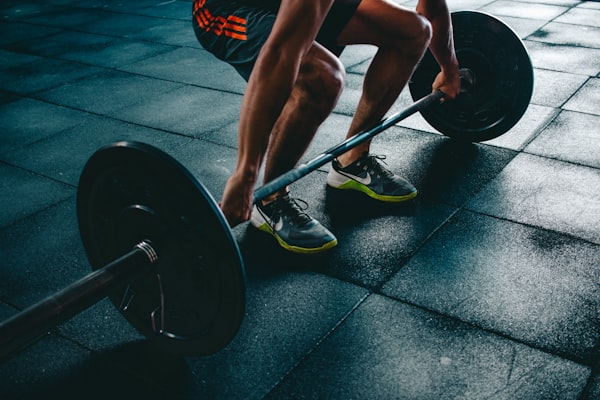
Fitness for Busy Professionals

Huberman's daily routine

James Clear's morning routine

Learn New Language
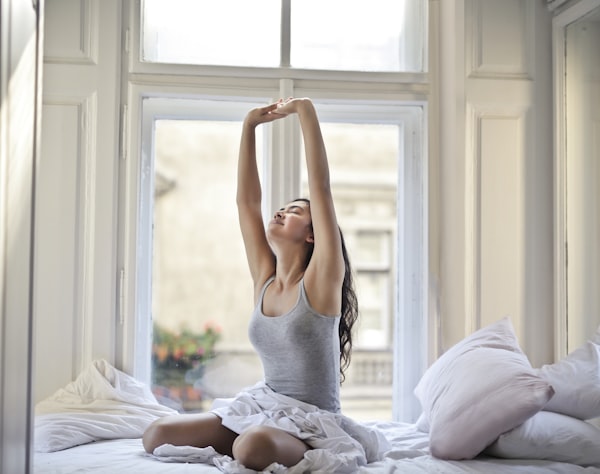
Morning Energy Boosters
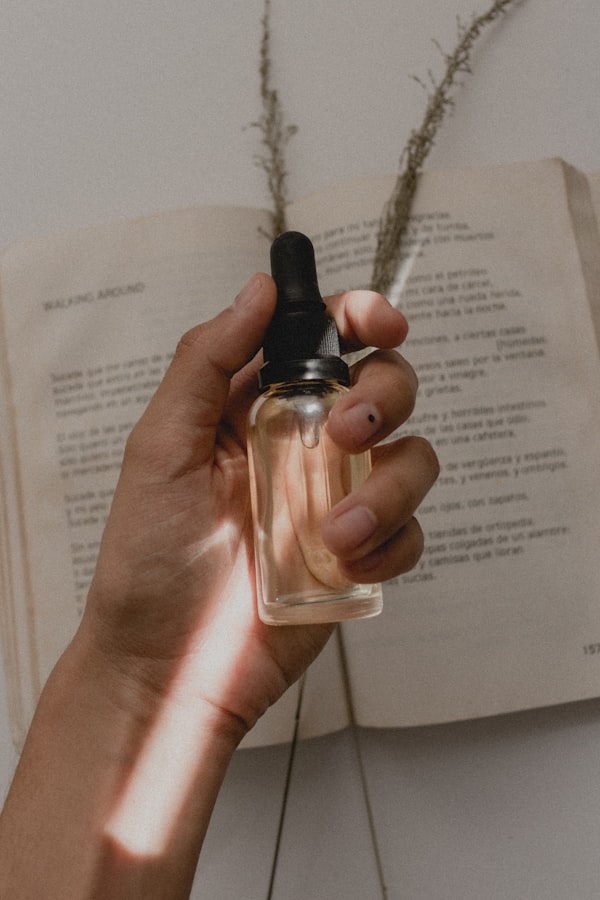
Morning Skincare Routine
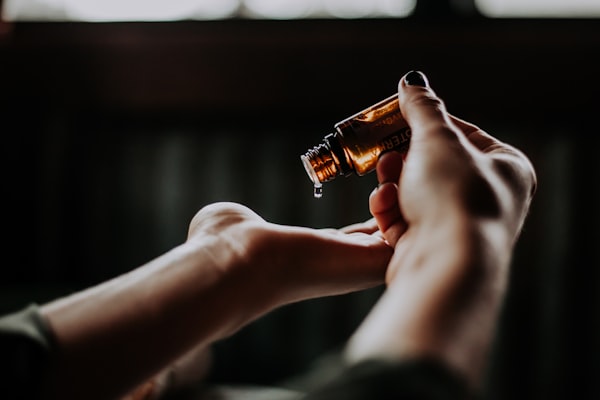
Nighttime Nourishing Routine
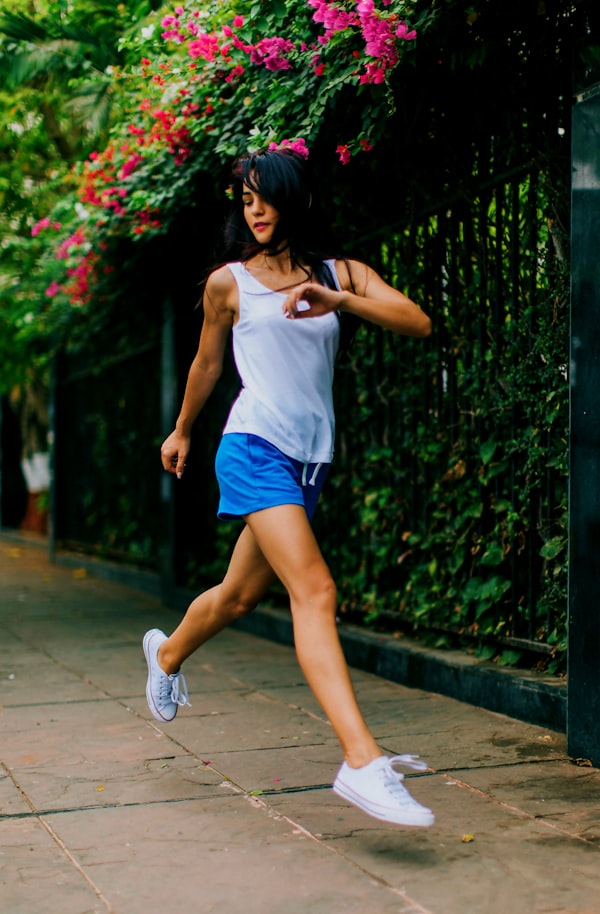
Overcome Procrastination

Productivity Enhancement Routine

Relieve Your Anxiety

Taïna’s “Get Things Done” Routine

Tim Ferriss' Morning Routine